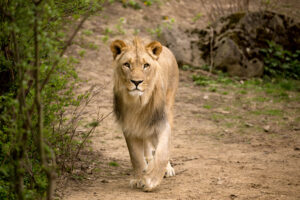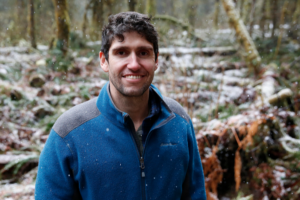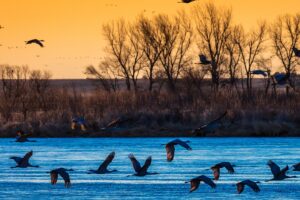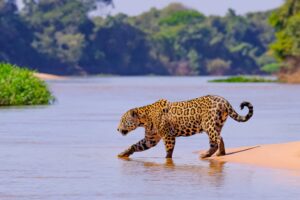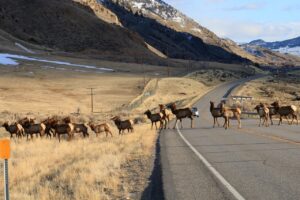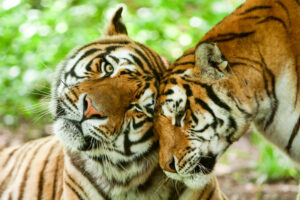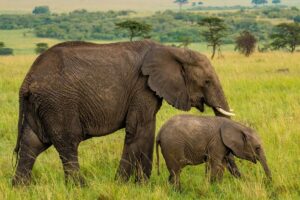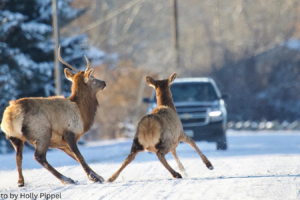A Road Runs Through It
At the heart of the Greater Kafue Ecosystem in Western Zambia is the 22,000-square-kilometer Kafue National Park. This is Zambia’s oldest and largest park, at twice the size of Yellowstone National Park in the USA. Kafue is home to a wide range of iconic wildlife, including elephants, lions, leopards, cheetahs, wild dogs, and Africa’s most diverse antelope community. This protected area faces many significant threats, but most concerning is the M9—a high-speed highway that bisects or borders 143 kilometers of the park and adjacent Mumbwa Game Management Area. The M9 is notorious for wildlife-vehicle collisions, including the death of 11 endangered African wild dogs to vehicle collisions in 2022. But the Center for Large Landscape Conservation is working to change this with a newly launched project.
